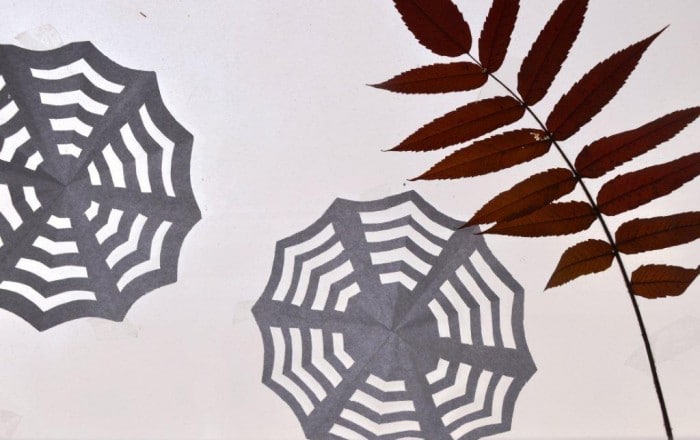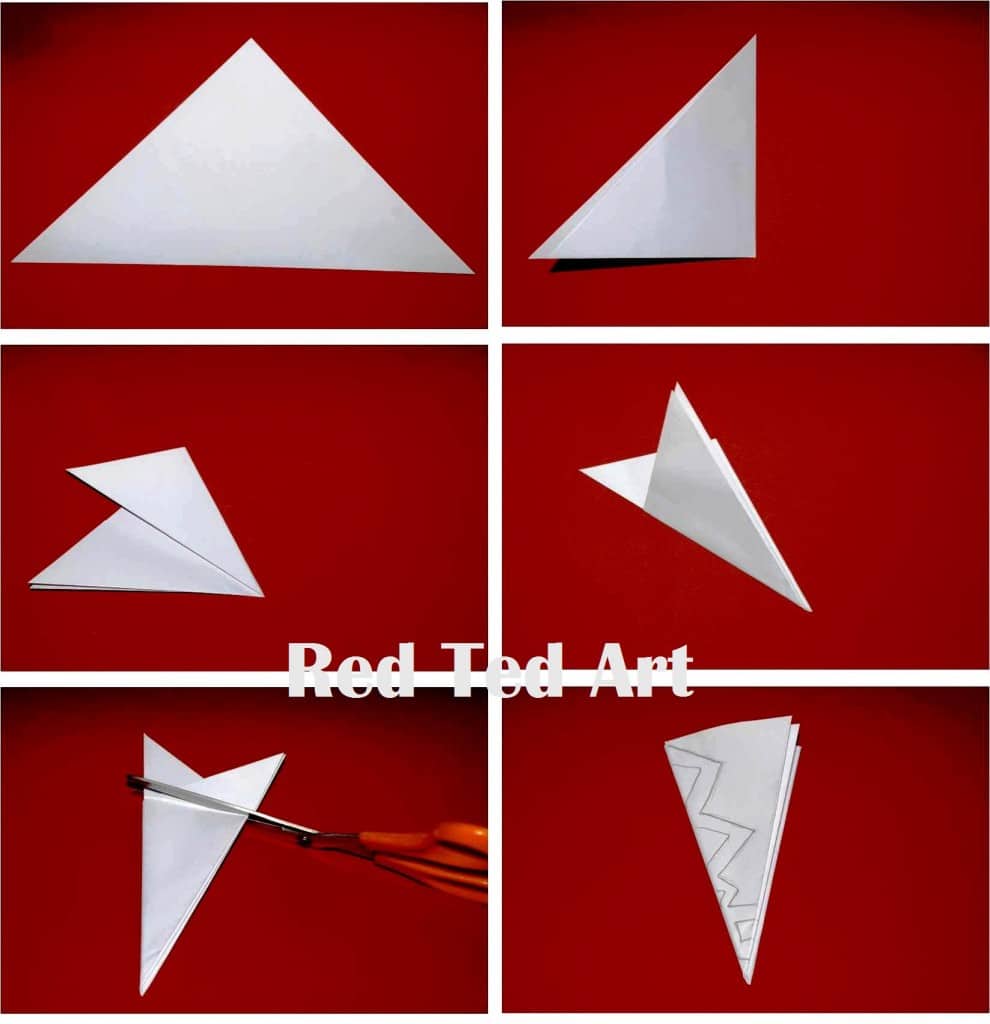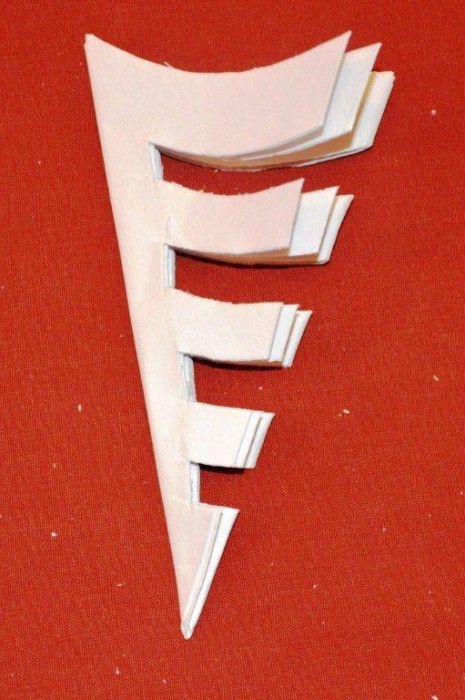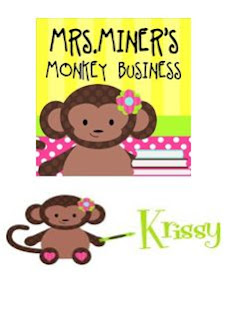ToDaY iS hAlLoWeEn!
This is a time where little ghosts and goblins and princesses and superheroes can't sit still at school/preschool, parents are bringing in candy, cookies, and cupcakes to increase the sugar highs, and everyone looks forward to going door to door in the neighborhood to trick or treat. When I saw the information below floating around on facebook, I knew it was the answer to what would go on the blog today. Then, Sandy hit the northeast, and I realized that thousands of children will be disappointed that they cannot trick or treat as usual. So, there is a second part to this blog that gives a few suggestions as discussed on The Today Show Oct. 30, 2012.
Image courtesy of Salvatore Vuono/ FreeDigitalPhotos.net
I have tried to track down the original source; however, efforts have not been successful. I have added some additional commentary to the side of the original statements.
- In a few days, a lot of creatures will visit your door. Be open minded.
- The child who is grabbing more than one piece of candy might have poor fine motor skills. This child may also have proprioceptive challenges. Proprioception is the sense of where your body is in space. It's the awareness of position and motion. Children who are challenged or delayed proprioceptively are the children who always squeeze the juice box/pouch too hard, have a hard time staying sitting in chairs, run into the next child in line, breaks the tips off pencils and markers bearing down too hard, etc. They present as uncoordinated and are often thought of as not paying attention. However, they may not have the movement senses or skills needed to have smoother movements and control their posture and motions.
- The child who takes forever to pick out one piece of candy might have motor planning issues. This child may also have sensory overload issues or be particular about what s/he wants. A child who has been coached to only take one (including when the person at the door says that) may need time to decide the best one piece of candy to take. This can take longer if there are several choices in the bowl that appeal to the child. This child may be overwhelmed with the choices presented. A child taking a long time to choose might be offered the chance to take more than one, or perhaps invite the parent to come to assist.
- The child who does not say "trick or treat" or "thank you" might be painfully shy, non-verbal, or selectively mute. Children often freeze when faces with new people and pressure to "perform." It may be the last 2 houses of the night before they get comfortable enough with the whole process to speak. This same principle applies when asking children what they are dressed up as, if they are having a good time, telling them they are so cute or you love their costume.
- If you cannot understand their words, they may struggle with developmental apraxia of speech.
- They are thankful in their hearts and minds.
- The child who looks disappointed when he sees your bowl might have a life-threatening allergy. Or they may also be very particular about their likes and dislikes. Having a roll of quarters handy might do the trick.
- The child who isn't wearing a costume at all might have SPD or autism.
- Be kind, be patient, smile, pretend you understand. It's everyone's Halloween.
- Make a parent feel good by making a big deal of their special child.
Image courtesy of Tom Clare/ FreeDigitalPhotos.net
Hurricane/Noreaster Sandy Hits East Coast
No Trick or Treating for Thousands
Image courtesy of farconville/ FreeDigitalPhotos.net
Some suggestions for alternatives to traditional trick-or-treating if conditions allow were presented on The Today Show Oct. 30, 2012. I have recapped some of them here and added a few of my own:
- If conditions allow, round up your neighbors and create a small area of homes and families for traditional trick-or-treat. Or coordinate a trunk-or-treat.
- Many people in the Deep South already have the tradition of Trunk-or-Treat as an alternative to going door-to-door. This would work well in a cul-de-sac. Have neighbors park in a centralized area with their trunks pointing out into the street. People put the candy in their trunks and open the trunks so children can go from trunk to trunk "trick or treating." This is very popular in church communities in the deep south. Many people go to great lengths to decorate their trunks as well.
- This is a wonderful opportunity to meet neighbors you've been meaning to, band together as a community to support one another, and have a block party!
| Once upon a midnight dreary, while I pondered, weak and weary, Over many a quaint and curious volume of forgotten lore— While I nodded, nearly napping, suddenly there came a tapping, As of some one gently rapping, rapping at my chamber door. “ ’Tis some visiter,” I muttered, “tapping at my chamber door—
|
Have a Happy, Fun, and Safe Halloween!
Image courtesy of Elwood W. McKay III/ FreeDigitalPhotos.net
Blog entry by Dr. Ellaine B. Miller, PhD. Family Child Care Partnerships at Auburn University.www.humsci.auburn.edu/fccp



























